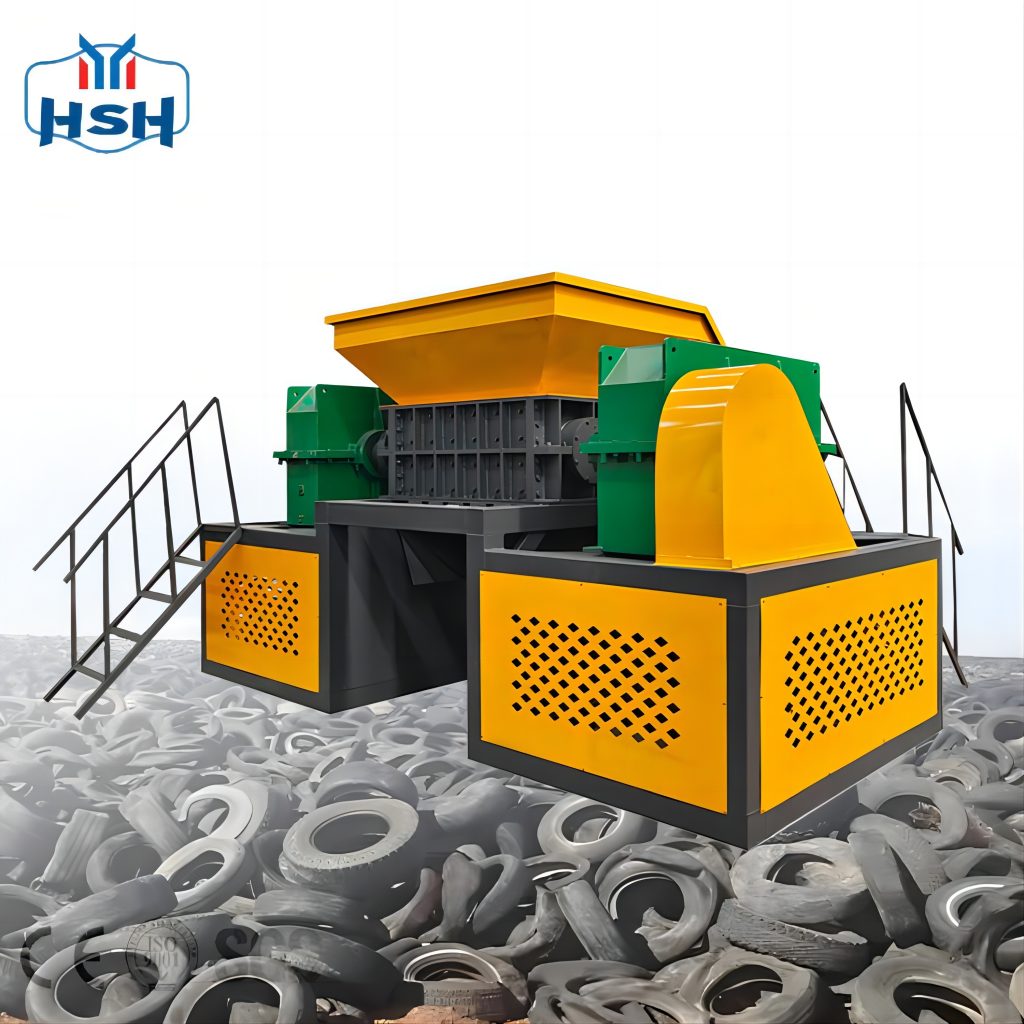Global Shredder Industry: Trends and Opportunities for Foreign Trade Businesses
The global shredder industry is entering a period of steady growth, driven by the rising global emphasis on waste recycling and circular economy. As more countries roll out strict environmental policies—such as the U.S. EPA’s Waste Reduction Goals and the ASEAN’s Plastic Waste Management Initiative—industries like waste disposal, plastic processing, and automotive recycling are increasingly dependent on shredders to optimize material handling, creating a robust demand for high-quality shredding equipment in the international market.

Regionally, market demands show clear differences. In developed markets (e.g., North America, Western Europe), buyers prioritize shredders with advanced features: automated operation to cut labor costs, energy-efficient designs to meet carbon neutrality targets, and multi-material compatibility (e.g., handling rubber barrels, plastic scraps, and metal components). In emerging markets (e.g., Southeast Asia, Africa), the focus is on practicality—durable, easy-to-maintain shredders that fit small-to-medium recycling facilities, as local recycling industries expand to address growing waste challenges.
Technological innovation is a key differentiator for shredder manufacturers. Modern shredders now integrate smart functions: IoT-based remote monitoring to track equipment status in real time, noise and dust suppression systems to comply with global environmental standards, and modular designs that allow easy upgrades. These advancements not only boost processing efficiency but also align with global sustainability goals, making tech-enabled shredders more attractive to eco-conscious buyers.
For foreign trade businesses specializing in shredders, three strategies can enhance competitiveness. First, niche positioning—focus on shredders for specific materials (e.g., rubber barrels, plastic buckle plate) to stand out from generic suppliers. Second, customized solutions—adjust shredder capacity or add post-processing features to match regional needs (e.g., compact models for space-constrained urban facilities). Third, highlight sustainability in marketing—emphasize how shredders reduce landfill waste and enable resource reuse, which resonates with buyers prioritizing "green procurement."

In conclusion, the global shredder market offers significant opportunities for foreign trade enterprises. By understanding regional demand differences, leveraging technological upgrades, and emphasizing environmental value, businesses can capture a larger share of this growing industry.



